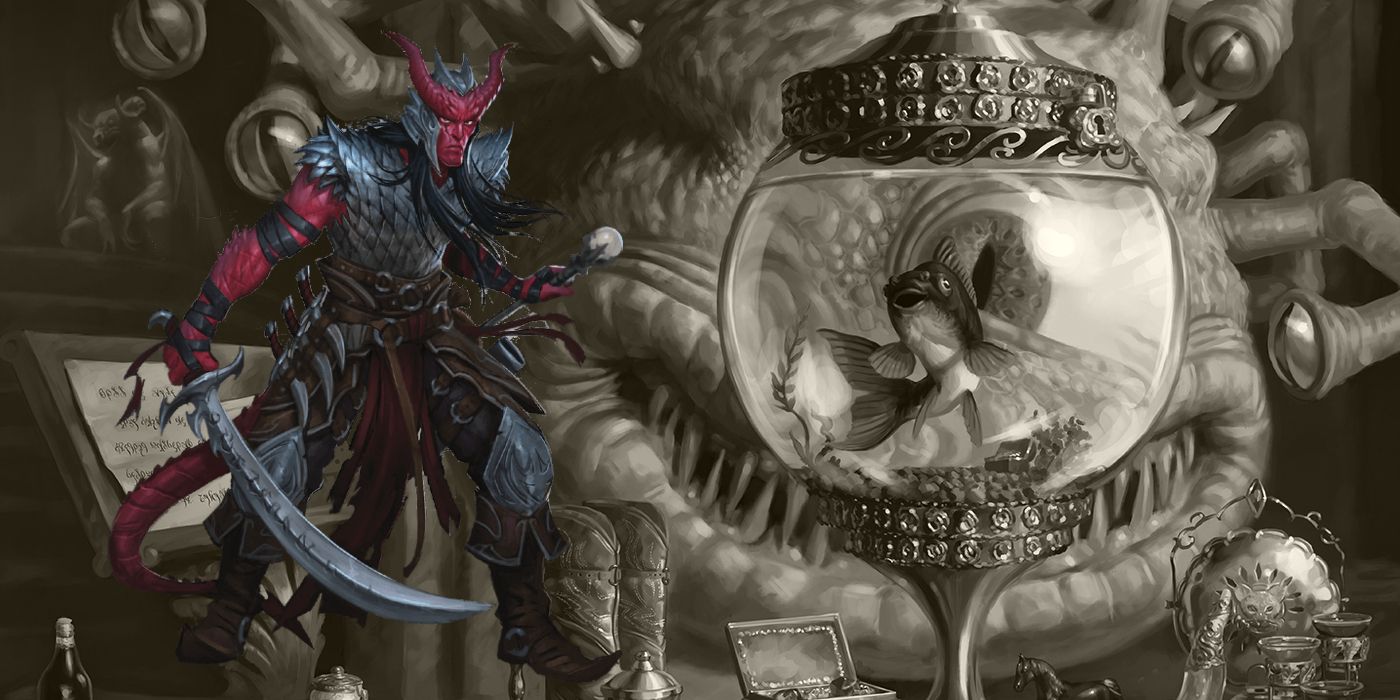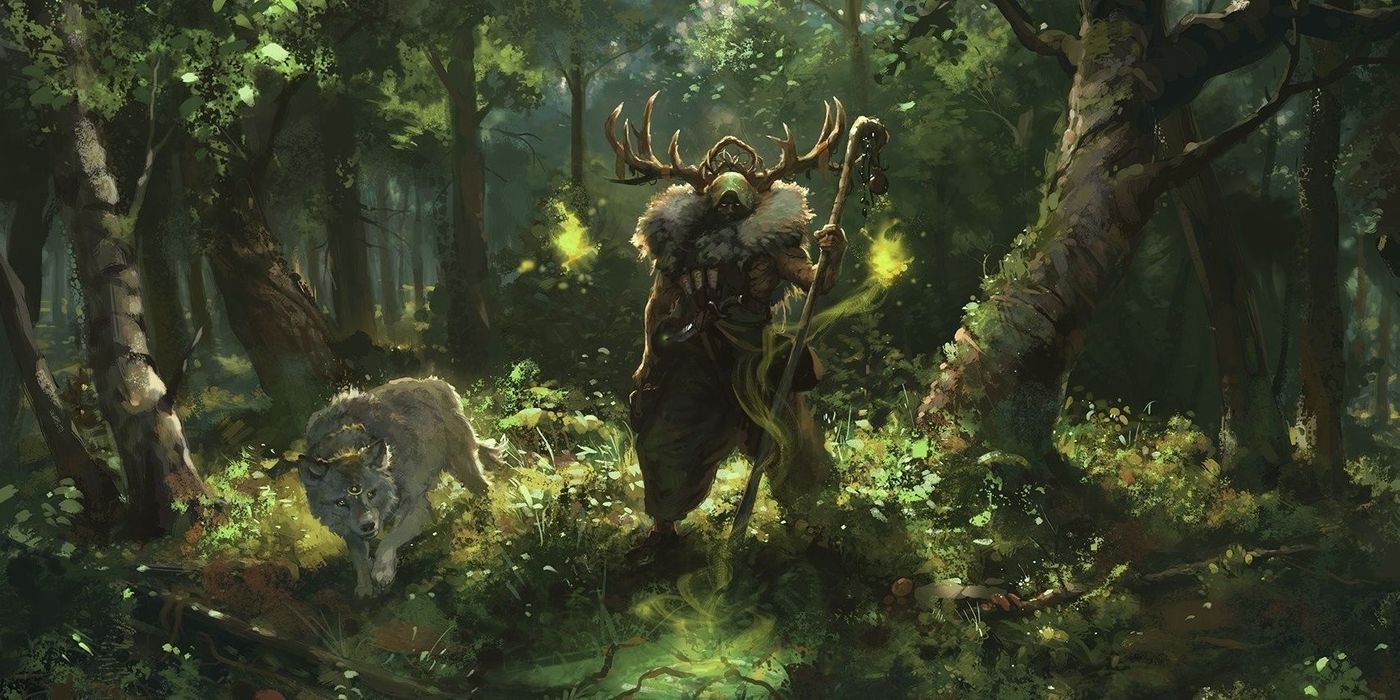For any player learning about Dungeons & Dragons, the Player's Handbook is likely their first resource. Not only does the Player's Handbook include an overview of the game's rules, but it also provides players with a ton of character creation options, including Dungeons & Dragons classes and subclasses that they can choose from. Although the subclasses in the Player's Handbook are strong for the most part, they aren't the only options, and by looking in additional D&D rulebooks players may find exactly what they are looking for.
Warlocks are usually thought of as a ranged spellcaster in Dungeons & Dragons, but with the right subclass they can become much more. Introduced in Xanathar's Guide to Everything, Hexblades have proficiency with Medium Armor, Shields, and Martial Weapons, making them much capable on the frontline of combat. Hexblades are also able to make weapon attacks using Charisma, their primary Ability Score, rather than Strength or Dexterity, which makes it easier for them to hit their targets and deal more damage. For players interested in Paladins in D&D, but not so much their Oath and Lawful Good reputation, a Hexblade might be the best choice for their next character.
Although Sorcerers have only two D&D subclass options in the Players Handbook, Xanathar's Guide To Everything provides them with 3 more solid choices. Among these is Divine Soul, a support-oriented D&D subclass that allows Sorcerers to utilize Cleric spells. By combining some of the best support and healing spells in the game with Metamagic, Divine Soul Sorcerers can turn the tides of a fight in a single turn. In addition, Divine Soul Sorcerers gain the ability to expend their Sorcery Points in favor of rerolling their healing spells, which has a chance to save a party member's life in a pinch.
Circle of Spores Druids in Dungeons & Dragons
Although Druid players love the Circle of the Moon Dungeons & Dragons subclass, not everyone wants to rely on Wild Shape during combat. Luckily there are a number of other great subclasses for D&D players to choose from, including the offense-oriented Circle of Spores. Circle of Spores Druids are unique in that they can regularly use their reaction to deal damage, thanks to the Symbiotic Entity class feature. Considering how valuable actions and bonus actions are in D&D, being able to deal damage using a character's reaction can be a huge boost to their effectiveness in combat. Circle of Spores Druids can also expend their Wild Shape in order to grant themselves temporary hit points, something players will be thankful for when enemies are bearing down on them.
Even though the average D&D Rogue does their best work from the shadows, some are just as comfortable in a one on one fight. Swashbuckler Rogues were introduced in the Sword Coast Adventurer's Guide and allow a Rogue to deal their sneak attack damage when fighting a player one on one, something that comes in handy when separated from the party. Swashbucklers also make for the best Dual-Wielders in all of Dungeons & Dragons, and any players interested in two-weapon fighting should be sure to consider them.
Despite there being a number of excellent D&D subclasses available in the Player's Handbook, it may not be enough to suit every player's needs. As Wizards of the Coast continue to add new subclasses to the game, more and more players will be able to find the features and playstyles that fit their Dungeons & Dragons character perfectly.


